- News
- Reviews
- Bikes
- Accessories
- Accessories - misc
- Computer mounts
- Bags
- Bar ends
- Bike bags & cases
- Bottle cages
- Bottles
- Cameras
- Car racks
- Child seats
- Computers
- Glasses
- GPS units
- Helmets
- Lights - front
- Lights - rear
- Lights - sets
- Locks
- Mirrors
- Mudguards
- Racks
- Pumps & CO2 inflators
- Puncture kits
- Reflectives
- Smart watches
- Stands and racks
- Trailers
- Clothing
- Components
- Bar tape & grips
- Bottom brackets
- Brake & gear cables
- Brake & STI levers
- Brake pads & spares
- Brakes
- Cassettes & freewheels
- Chains
- Chainsets & chainrings
- Derailleurs - front
- Derailleurs - rear
- Forks
- Gear levers & shifters
- Groupsets
- Handlebars & extensions
- Headsets
- Hubs
- Inner tubes
- Pedals
- Quick releases & skewers
- Saddles
- Seatposts
- Stems
- Wheels
- Tyres
- Health, fitness and nutrition
- Tools and workshop
- Miscellaneous
- Buyers Guides
- Features
- Forum
- Recommends
- Podcast
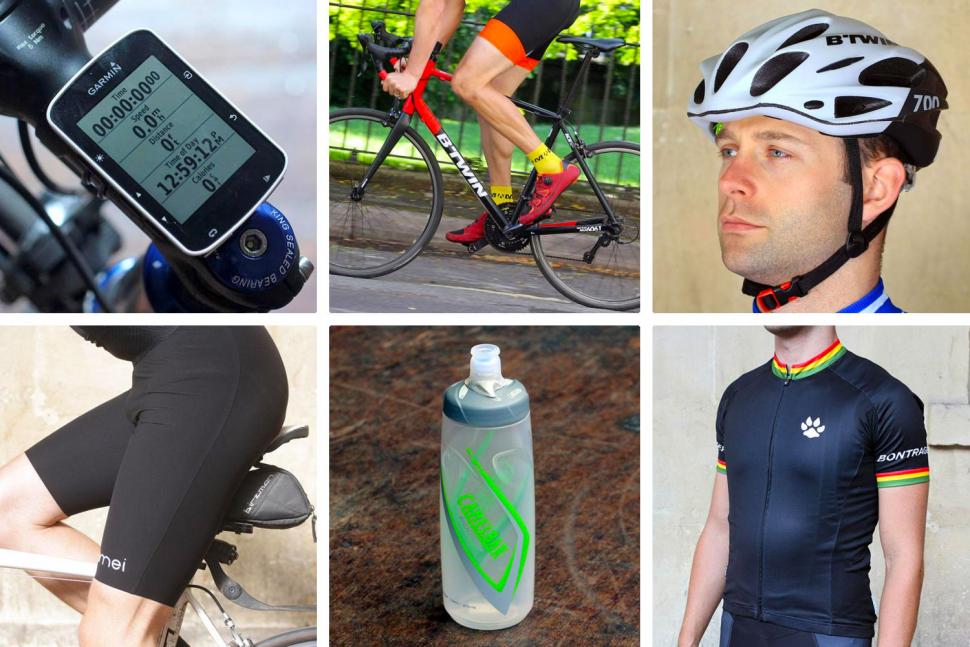 6 things every new road cyclist needs Dec 2018
6 things every new road cyclist needs Dec 2018Get in gear - 6 essentials every new road cyclist needs in their starter kit
Are you new to road cycling? The good thing is that it’s pretty easy to get into road cycling, and apart from the main purchase of a bicycle, it’s not the most expensive pastime you could pick from a long list of regular hobbies that British people partake in. But there are some other essentials...
If you are looking to get into road cycling and you’re not sure what you need to get started, we’ve listed some of the key things you might want to consider. Top of the list is a bike, obviously, but beyond that, you really don’t need much else - just plenty of enthusiasm and energy to turn the pedals. As you find yourself getting more into cycling, there are a few useful things that can make cycling more comfortable and enjoyable.
We’ve listed some key road cycling products in order of importance, starting with...
1. A bike
An obvious one this, but if you’re going to take up cycling of any sort, you’re going to need a bike. Now is a really good time to buy a new road bike, there is a lot of choice at a huge range of prices, and the quality of bikes across the board is really good.
Sure, you can easily drop £10,000 on a Tour de France replica, but there are lots of bargains to be had for under £500 if you don't want to spend too much.
Read more: The Best Road Bike Bargains for under £500
Bikes come in many guises, this guide gives a good overview of the different types of road bike available on the market.
Read more: Beginner's guide to bike types
And if you're not sure where to start with buying a road bike, let us guide you to making the right decision, with this helpful guide.
Read more: Buying your first road bike — everything you need to know
2. Padded shorts
If you’re just planning on very short cycle rides, to the office or college, for example, you can get by just fine with regular clothes. There’s no need to wear anything special.
If you want to get into road cycling properly and tackle some longer distances, perhaps even enter a sportive or join your local club, a really good investment is a pair of padded shorts. Your bum will thank you.
They can be worn on their own, or concealed under baggy shorts if you prefer, and they provide a thin padding that provides a bit of cushioning against the saddle, and can substantially improve comfort on longer rides. Just remember, no underwear under padded shorts.
Read more: Cycling shorts — everything you need to know
You can spend anything from about £40 to over £300, so there really is something for all budgets. Here’s our buyer’s guide
Read more: Best cycling bib shorts — your buyer’s guide & 9 great choices
Read more: Best cheap cycling shorts
3. Cycling jersey
A cotton t-shirt might be just fine for shorter rides, but they’re not really designed for the demands of a longer cycle ride.
A cycling-specific jersey is made from a fabric designed to keep you cool in the heat, and keep you dry when you break a sweat. They also have a long zip for ventilation, and three rear pockets for carrying food and other supplies that you might need on longer trips.
Cycling jerseys also come in many varieties designed for different conditions, from cold weather to hot weather jerseys, and can be worn with other clothing accessories like arm warmers and gilets.
You can pay anything from £5 to £130 for a jersey, here’s our buyer’s guide.
Read more: Buyer's guide to summer cycling jerseys — plus 14 of the best
4. Water bottle and bottle cage
Cycling can be thirsty work, especially in the summer heat, so keeping hydrated on longer rides is of paramount importance. Most road bikes have bolts on the frame (down tube and seat tube) that allow you to fit a special bottle cage into which a cycling bottle can be fitted.
You can stick a bottle of Coke or Lucozade in a jersey pocket or even a bottle cage, but the former isn’t very comfortable and the latter isn't the most secure. A cycling water bottle can also be reused hundreds of times, is easy to clean and is easy to drink from on the move.
5. Pump, spare tube, basic tools and chain oil
There are two things that any cyclist embarking on a ride really shouldn’t leave home without, and that’s a spare inner tube and pump. Nobody plans to puncture, but they do happen from time to time, so it’s worth being prepared so you don’t have to phone home for a lift.
A local bike shop will help you choose the right size spare inner tube (or you can read our guide below), and a pump doesn’t have to cost a lost. You can carry both in a jersey pocket or backpack, or better still is to stash the inner tube in a saddle bag, and mount the pump to the frame with the often supplied brackets.
Read more: How to repair a punctured inner tube
Read more: Video: Greg LeMond shows how to quickly change an inner tube
Another thing you might want to consider is a multitool. Multitools are the cyclist's equivalent of a Swiss Army knife, with a range of tool bits that can be used to make adjustments to the bike, such as raising or lowering the saddle height or tweaking the gears.
If you are really getting into cycling and doing regular rides, you’ll want to keep the chain well oiled so the gears work smoothly and quietly. Chain oil, or lube as it’s commonly called, is available from any good bike shop and a small bottle lasts a long time and doesn’t cost much.
Read more: How to clean and lube your bike's chain
Read more: The best multi tools — get the right bits to fix your bike's bits
6. Computer
Because everyone wants to know how fast and far they’ve cycled, don’t they?
This isn’t an essential product at all, but as any cyclist knows all too well, the most likely question you get from friends, a partner or family after a ride is how far did you ride and how fast did you pedal? And if you are new to cycling, it’s fun to track your distance of a ride and use that to measure your progress as you get into road cycling.
Cycle computers can also show you how fast you’ve ridden, your average and max speeds, how much climbing you’ve done, and other measurements like cadence and heart rate. And as this guide below shows, they don't have to cost a fortune.
You can use a smartphone to record your ride using one of the many available apps, and this is another option, but a small dedicated computer fitted to your bike will cope with rain and hte battery will last a very long time. More expensive computers use GPS and can be plugged into a computer to download all the data.
Read more: Cycle computers — everything you need to know
And yes, we thought about including a helmet in this list, but as it’s not law to wear a helmet when cycling, we feel it’s up your own discretion whether you choose to wear a lid. If you feel safer wearing a helmet then go for it. Good cycling helmets can be bought for as little as £20, just make sure they comply with European standards, to look for certification stickers inside the helmet .
Read more: Best cheap cycling helmets
Is there anything we’ve missed? Let's hear your suggestions in the comment section.
David worked on the road.cc tech team from 2012-2020. Previously he was editor of Bikemagic.com and before that staff writer at RCUK. He's a seasoned cyclist of all disciplines, from road to mountain biking, touring to cyclo-cross, he only wishes he had time to ride them all. He's mildly competitive, though he'll never admit it, and is a frequent road racer but is too lazy to do really well. He currently resides in the Cotswolds, and you can now find him over on his own YouTube channel David Arthur - Just Ride Bikes.
Latest Comments
- mitsky 22 sec ago
Intersting article in The Spectator advocating drivers who have a dashcam to "snitch" on littering/flytipping by other drivers....
- mitsky 37 sec ago
Intersting article in The Spectator advocating drivers who have a dashcam to "snitch" on littering/flytipping by other drivers....
- mitsky 3 min 6 sec ago
Is the clip of drivers illegally using the cyele lane in Shadwell meant to be their (drivers) response to the clip from Ludgate Hall...?
- qwerty360 9 min 5 sec ago
IMHO the big problem here is I suspect there are 3 budgets...
- Patrick9-32 15 min 32 sec ago
Nobody knows what it means but its provocative! Gets the people going!
- Rendel Harris 1 hour 2 min ago
May not be in her manifesto but she has frequently said in interviews that she will remove any cycle lane that impedes traffic flow - obviously a...
- andystow 1 hour 24 min ago
My granny started driving before driving tests were implemented. When they were, she was grandfathered (grandmothered?) in, and she ticked all the...
- Hirsute 1 hour 34 min ago
Road was closed so I had no choice https://youtu.be/NV7XHFiXhyU
- Bungle_52 2 hours 9 min ago
Thank you for all the considered comments. I have thought about what happened a great deal over the last few days....
- arowland 2 hours 14 min ago
Engo Eyewear heads up glasses "offer real-time information in your field of vision, such as ... how far it is to the next cafe."...
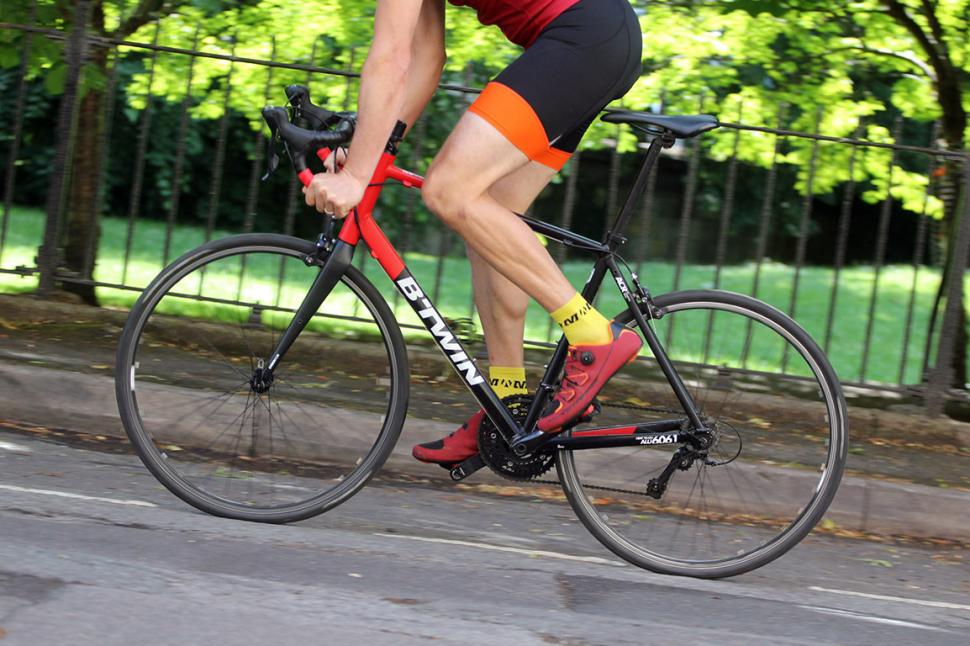
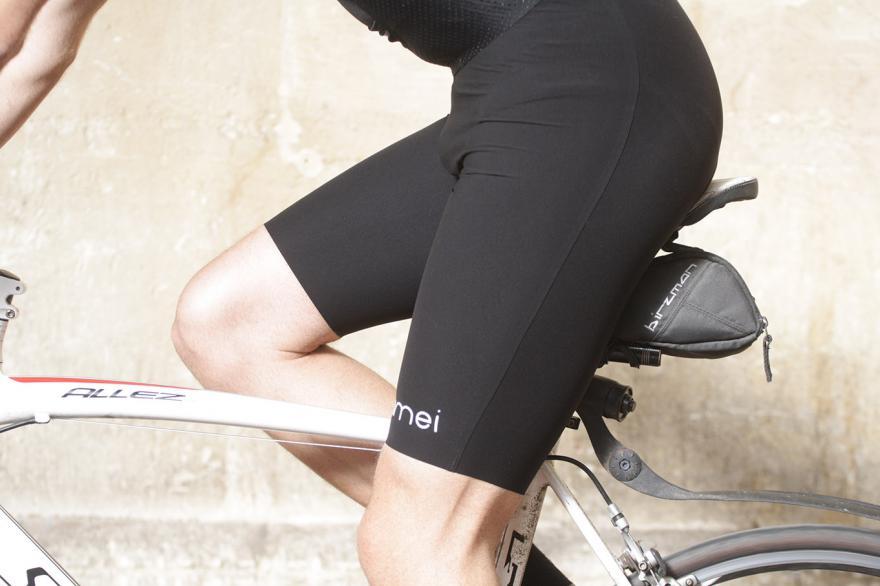
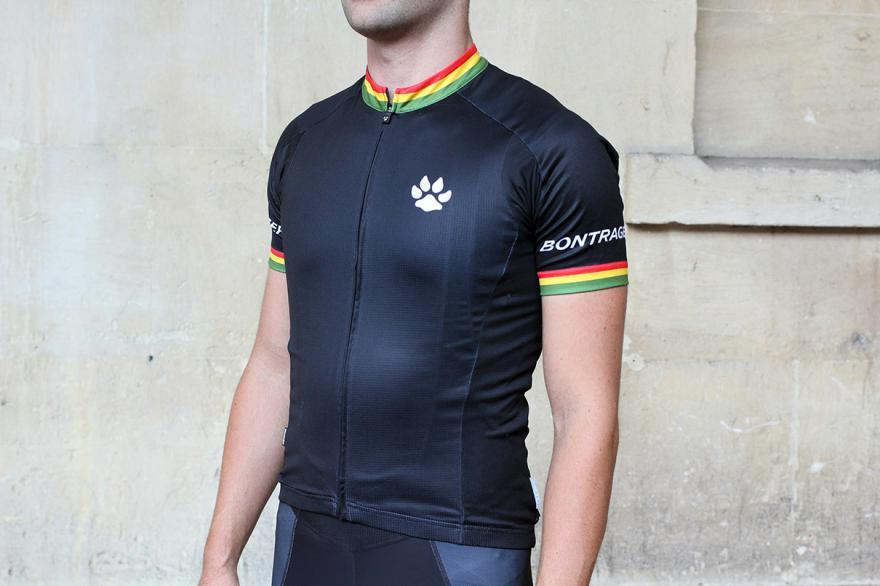
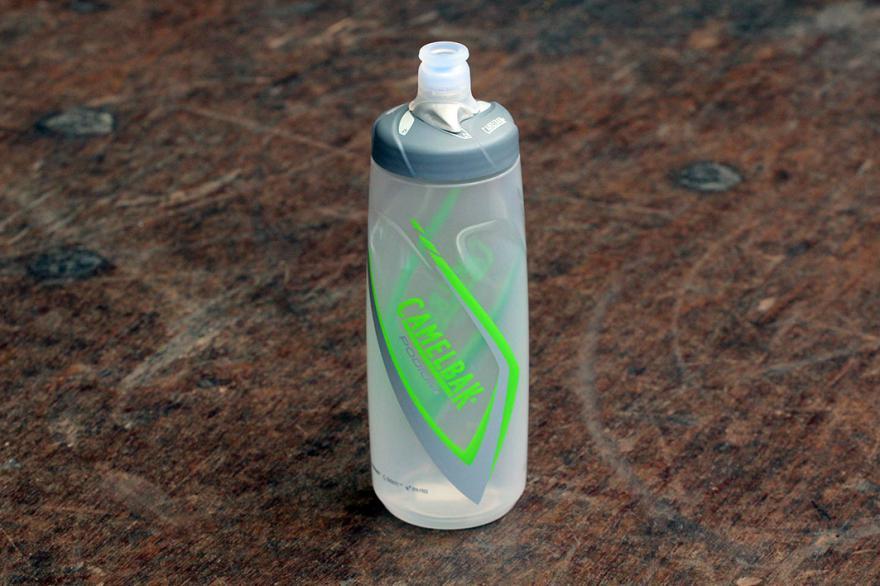

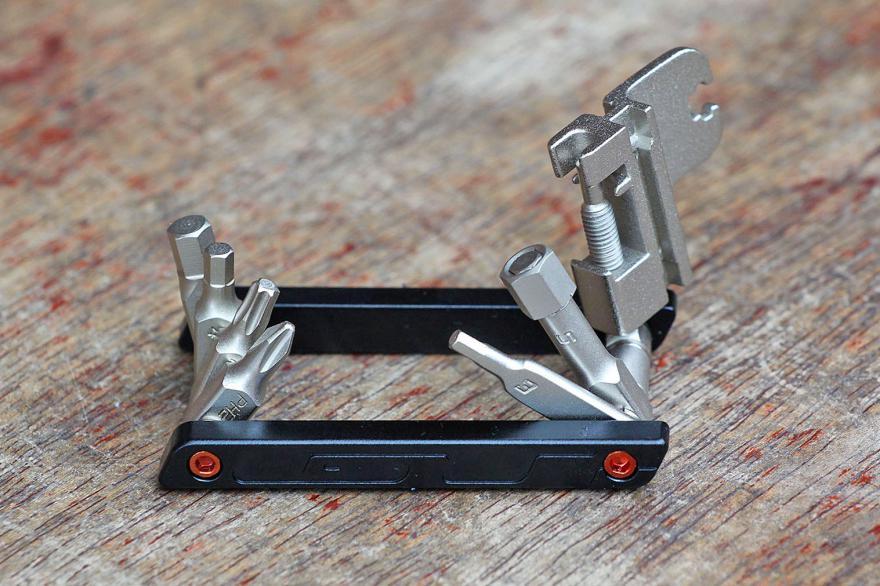


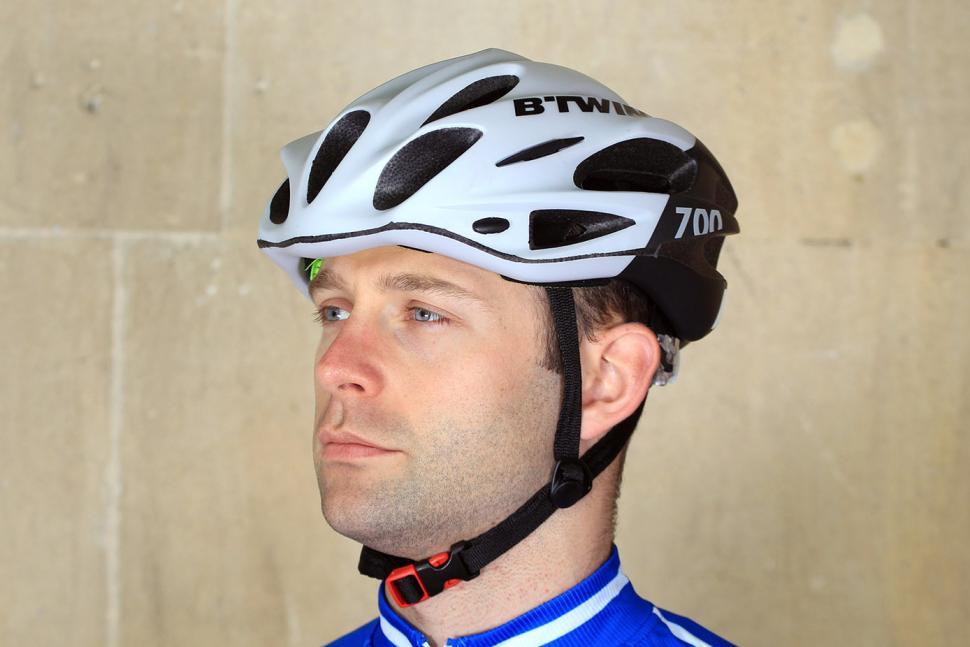
Add new comment
127 comments
cycleings shoes & clipless pedal comes in way before the computer. A computer, come on its not exacly somthing that you need.
∞ -1. Expensive carbon bike with 2 different sets of carbon wheels an a teamcar with driver.
∞. Bicycle computer
Why are you showing a cyclist in dark/black kit, the worst and least recommended colour for safety.
<li>pump</li>
<li>patch-kit</li>
<li>chain-oil</li>
<li>Helmet (I know that it may be controversial anno 2016 - but 20 years ago people actually manged to ride without, among bikeracers with decent handling skills and trafic awareness i doubt that the helmet does anything to improve your safty. On a bicycle safty is foremost active - the helmet is a passive safty procedure)</li>
<li>Jersy - nice to have, but not a must have. Though you'd look stupid if you dont have it, but not as stupid as if you are riding arround in a Team Sky or Team Saxo jersy. (unless you are actually employed by either, i assume youre not driveing you car wearing a policeuniform or firefighter uniform unless you are actually woriking as a policeman or firefighter).</li>
<li>Bottle & cage (any plastic waterbottle from the supermarked can fit in your backpocket and it can be refilled too - big surprise. I managed to be a rodie for 5-10 years until i actually bought a bottle w. cage)</li>
<li>multitool-kit (you dont need it, evryone has an allenkey or two laying arround from the last Ikea purchase, everyone has a flathead screwdriver as well)</li>
<li>extra tubes - nice to have, but tubes can be patched and it doesnt take any longer than changeing the tube. Swapping tubes instead of patching is a behaveur introduced in the last 20 years. Throwing away a perfectly fine tubea is a total waste of resources, secondly people are throwing away their tubes roadside which really pises me off. Ride up mont Ventoux or your local roads after a rainy grand fondo and you will see way too many tubes roadside - somtimes you can even find tubular tyres - those i do pickup and recycle, i have found qiute a few expensive Vittoria Corsa's and Conti Competitions roadside - perfectly repairable - some even only requres a drop of superglue and 10ml latex fluid).</li>
</ol>
<p>∞ -1. Expensive carbon bike with 2 different sets of carbon wheels an a teamcar with driver.</p>
<p> ∞. Bicycle computer</p>[/quote]
Agree and it's quite ironic that 30 years ago everyone patched tubes with the sandpaper + rubber cement + patch. A system which took some time and had limited success for me. While now you can just carry a pack of "leeches" and patch the hole in seconds. As long as you can find it. I tend to swap tubes and then have occasional tube mending sessions to repair all the spares.
Dont forget the yellow crayon to mark the hole and the chalk dust to stop the tube sticking to the tyre. Meanwhile I have a box full of tubes waiting to be patched due to my laziness when dealing with a puncture in the rain/snow and just doing a tube swap. But here's the question. How many times can you patch a tube. My record is sitting at 8.
I have found that the 'glueless' patches like Park's clear ones work well but have a limited lifetime. They're great for getting you back up and running but IME should not be relied on as a permanent solution. You can't beat a carefully applied Rema patch (I find the F0, 16mm across, is best for road tyres).
I suspect that most of the people wearing name of <football> team, do not play for said team, they are just showing their support, as are cyclists in team kit.
As you use the word sneakers, you may be from the colonies. Please substitute the variable <soccer>
Sneakers ?
Pages